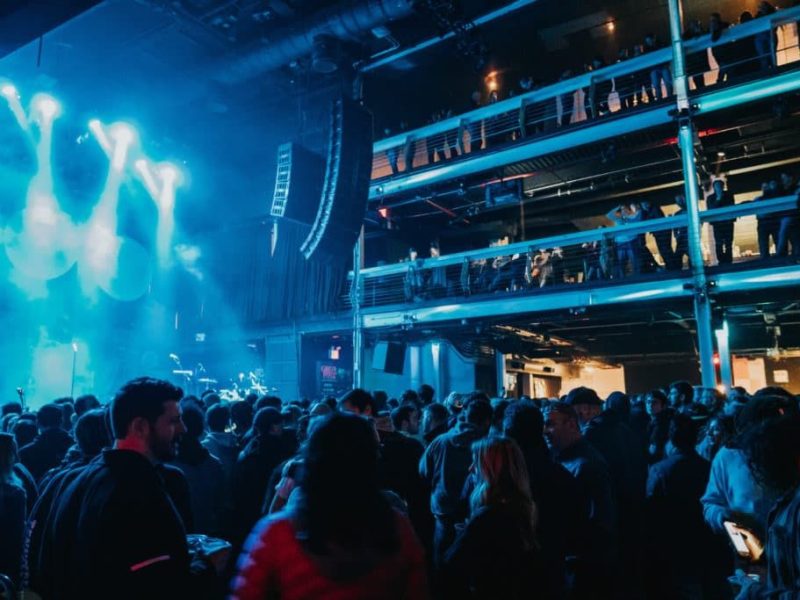Over the years, the world of theater has undergone significant changes, shifting from traditional stage performances to modern adaptations on the big screen. This evolution has brought about new opportunities for artists and performers to showcase their talents in innovative ways. In this article, we will explore the journey of modern theater, tracing its roots from the traditional stage to the digital screens of today.
The Origins of Theater
The history of theater dates back to ancient civilizations, where performances were held in open-air amphitheaters or indoor theaters. These early theatrical productions relied on live actors, elaborate costumes, and intricate set designs to bring stories to life. The audience was immersed in the experience, feeling the emotions of the characters as they unfolded on stage.
The Transition to Film
As technology advanced, theater began to make its way onto the silver screen. Silent films and early talkies brought classic theatrical works to a wider audience, allowing viewers to experience the magic of theater from the comfort of their local cinema. Directors like Charlie Chaplin and Alfred Hitchcock helped to revolutionize the way stories were told on film, blending elements of theater with the visual language of cinema.
The Rise of Digital Theater
In recent years, advancements in technology have taken theater to new heights with the introduction of digital productions. Live streaming services and on-demand platforms have made it possible for audiences around the world to access high-quality theatrical performances at the click of a button. Productions like Hamilton and The Crown have gained international acclaim, showcasing the power of digital theater in reaching new audiences and pushing the boundaries of traditional storytelling.
The Future of Theater
As we look to the future, it is clear that the evolution of modern theater will continue to evolve. Virtual reality and augmented reality are poised to transform the way we experience live performances, allowing audiences to immerse themselves in the world of the story like never before. With new technologies on the horizon, the possibilities for modern theater are endless, promising to deliver even more captivating and immersive experiences for audiences of all ages.
Conclusion
The evolution of modern theater from stage to screen has been a journey filled with innovation and creativity. As technology continues to advance, the boundaries between traditional theater and digital productions will continue to blur, creating new opportunities for artists and audiences alike. Whether you prefer the intimacy of a live performance or the convenience of a digital stream, one thing is certain – the magic of theater will continue to captivate and inspire us for generations to come.


